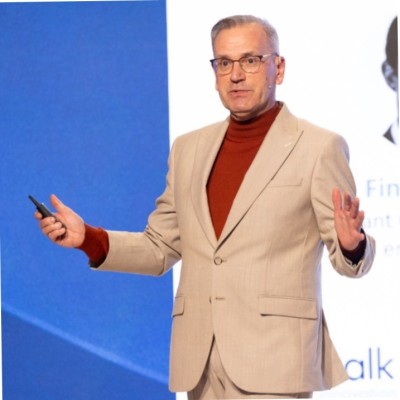- Video Library
- Antony Odell, Echopoint Medical - Optical-Fiber Based Sensors | LSI USA '24
Antony Odell, Echopoint Medical - Optical-Fiber Based Sensors | LSI USA '24

Antony Odell
I am a proactive, strategic thinking individual that has grown multiple businesses from the ground up as well as ‘turnarounds’. Experience includes, listing on AIM, securing new blue-chip investors and completing multiple funding rounds as well as M&A. I'm currently working with a number of exciting start-ups in Medtech, Pharma and Agrochemicals in both executive and non-executive capacities.
Antony Odell
I am a proactive, strategic thinking individual that has grown multiple businesses from the ground up as well as ‘turnarounds’. Experience includes, listing on AIM, securing new blue-chip investors and completing multiple funding rounds as well as M&A. I'm currently working with a number of exciting start-ups in Medtech, Pharma and Agrochemicals in both executive and non-executive capacities.

17011 Beach Blvd, Suite 500 Huntington Beach, CA 92647
714-847-3540© 2025 Life Science Intelligence, Inc., All Rights Reserved. | Privacy Policy







